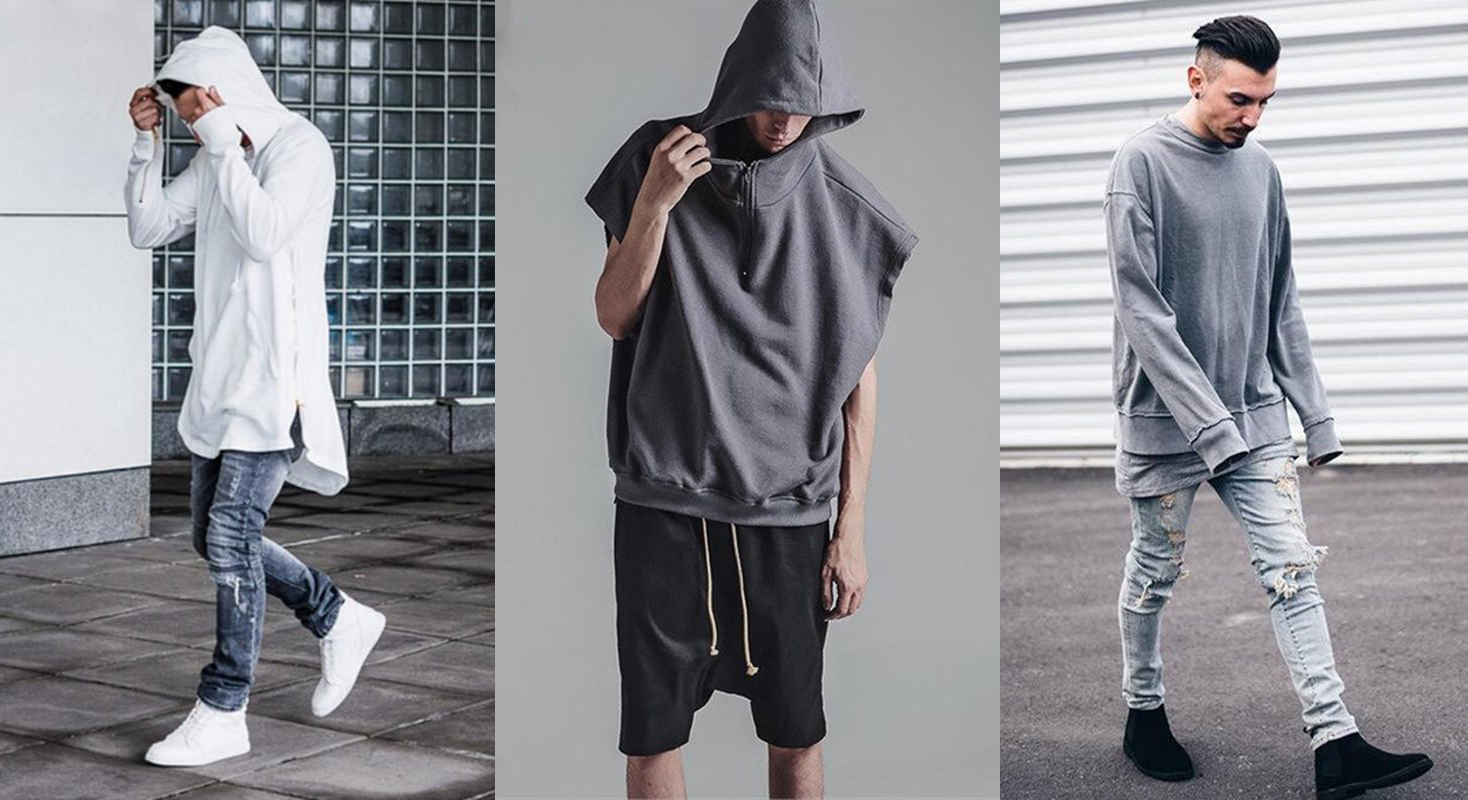Sweatshirt or sweatshirt: what's the difference?
Are you familiar with such concepts as a sweatshirt, hoodie, pita or sweatshirt? We are sure that at least once in your life they were at your hearing. But do you know that this is all — variety of the same thing? Not? Then read, memorize and in the future do not be dishonored by your ignorance…
Youth street and sports fashion predetermines the presence of comfortable warm jackets and soft natural materials. But in youth slang there is no concept of "jacket"! There is a sweatshirt, longsleeve, sweatshirt. Agree — so it's more clear what's going on. And it is about the latter form, more precisely about sweatshirts, that we will talk about. Sweatshirt — This is warm loose-fitting clothing, one of the varieties of sweaters designed for sports. The main distinguishing features of such a thing — elongated style, classic hood, knitted cuffs on the sleeves and bottom, full-length zipper or to the chest line, side pockets.

They say that the very name "sweatshirt" came to us from Russia. Then the men wore long sweaters made of thick linen for graduation, and the first to dress like this was Leo Tolstoy (do you understand where the name comes from?). Although, by and large, the sweatshirt got its name due to the fact that when a person puts it on, it immediately becomes visually thicker than it really is. But we like the Leo Tolstoy theory better!
When sewing sweatshirts, thick knitwear, fleece or footer are used. But there are models of sweatshirts with fur inside, they are called «payta». They are warmer, looser and more voluminous, they are usually worn as outerwear and worn not over underwear, but over a longsleeve or a long-sleeved T-shirt. Therefore, in the off-season, you can so often meet boys in a sweatshirt, and not in a jacket, and, believe me, they are not cold.

The name "Pita" comes from Finnish. Even the Vikings wore elongated spacious shirts that perfectly retained heat. In the era of the USSR, smugglers brought this concept to us when they traded in foreign clothes, calling it in a fashionable way. As a result, the term "payta" went to the people and became synonymous with outerwear in sports style. Modern peits are suitable for active and relaxed leisure, walking and traveling, training and just everyday life. And if sweatshirts can be completely different colors, with and without decor, printed and plain, then — these are exceptionally concise models without additional functional details in monochrome. The only thing is that they can be decorated with brand logos, designer prints or emblems of prestigious universities.
 That is, payta — this is the same as a sweatshirt, the same cut and style, only with fur or dense fleece. Yes, and Leo Tolstoy did not wear it)))
That is, payta — this is the same as a sweatshirt, the same cut and style, only with fur or dense fleece. Yes, and Leo Tolstoy did not wear it)))
